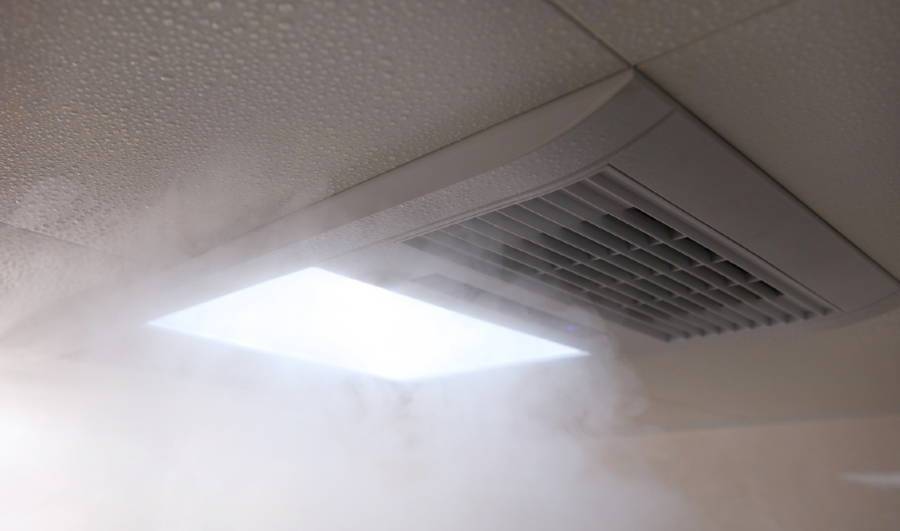How to Ventilate a Bathroom

The ICC, the standard by which all states follow in residential new construction and existing residential retrofits, states that all bathroom exhaust fans must vent to the exterior of a structure. Venting bathroom exhaust fans to the exterior of a structure is required for the following reasons:
- To displace moisture out of the structure.
- Effective moisture displacement to the exterior of a structure means both effective removal as well as inhibiting reentry into the structure.
- Proper displacement to the outside of the structure helps prevent mold growth, protects the roof assembly and other structural components from structural damage, maintains healthy indoor air quality, and limits potential health issues related to poor indoor air quality.
However, not all vents are created equal. Below are the three most common options for venting a residential bathroom exhaust fan. Each one can be an effective method of displacing moisture to the exterior of the home. That said, each has potential, major negative impacts.
Option #1: Roof vents
The disadvantages of venting through a roof may include:
- Voids roof warranty (cutting into the roof to install the vent termination)
- Gasket/flashing failure or improper installation may result in bulk moisture intrusion into the attic (roof leak)
- In some conditions, upward venting uses more energy than other options, thus wasting energy
Option #2: Gable vents
The effectiveness of venting through a gable wall is dependent on inhibiting moisture from flowing back into the attic which is determined by the termination’s distance to gable vents. If the fan is a significant distance from one of the gable walls, the length of the transition duct directly impacts the effective displacement of moisture out of the home and attic.
Option #3: Soffit vents
Venting a bathroom exhaust fan through a soffit vent has historically not been an effective method of preventing moisture from flowing back into the attic. This is because existing soffit vent terminations do not displace the exhausting air out of the passive air stream that a soffit is designed to intake as part of a roof deck ventilation system.
Sometimes venting to a soffit may be the only method of venting that's feasible under the structural and codified conditions. But as mentioned above, existing soffit vent designs allow moisture back into the attic. That can create conditions that cause mold formation, structural damage, attract insects, decrease indoor air quality, and more as explained in our top 3 things to know about soffit vents article.
Advancement makes soffit vents the best option for bathroom venting
PreVent-It’s new soffit vent is an adapted termination that effectively discharges moisture out of the home and prevents moisture from flowing back into the attic. This groundbreaking and patented design does 3 things differently than other soffit vents:
- It displaces the moisture outside of the soffit’s passive air stream
- It moves the moisture from the bathroom fan exhaust safely and responsibly away from the home
- For the first time, professionals and homeowners have a safe and effective way to vent through their soffit
If you decide or have to use a soffit vent for venting a bathroom fan, don't put your family's wellness or the health of your home at risk by using a less effective soffit vent.


